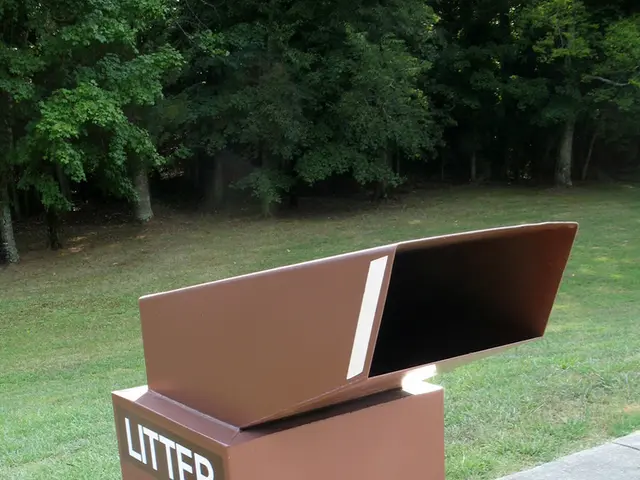Church of England's Net Zero Efforts Transform Buildings and Churchyards
Bishop Graham Usher has praised the Church of England's efforts in combating climate change and promoting biodiversity. The church is on track to make its buildings net zero by 2030, with many parishes already implementing energy-saving measures and transforming churchyards into havens for wildlife.
The Church of England's Net Zero program, launched to prevent global warming and biodiversity loss, is showing promising results. Parishes are embracing initiatives such as installing solar panels and LED lighting, reducing their carbon footprint and energy bills. Notable examples include St Peter Mancroft in Norwich and King's College Chapel, Cambridge, which are leading the way in energy efficiency.
The church's commitment to sustainability was endorsed by the General Synod in 2022, backing measures to promote biodiversity on church land. Bishop Usher, who attended the UN COP16 on biodiversity, has urged continued pressure on governments to meet climate change and biodiversity goals. He sees acting on climate change as a sign of Christian compassion and the 'right thing to do'.
The Church of England's Net Zero program is making significant strides, with the first impact report now available online. As more churches adopt sustainable practices, the church continues to set an example for the wider community in the fight against climate change and biodiversity loss.
Read also:
- Germany's Water Crisis: 10 Billion Cubic Meters Lost Annually
- Beachgoers should be aware that potentially lethal "flesh-consuming bacteria" can survive in coastal environments. Here are safety precautions to follow.
- Soil-to-Plant Expedition: The Ionic Trek
- Tongass Rainforest's Future Uncertain as Trump Aims to Open Logging








